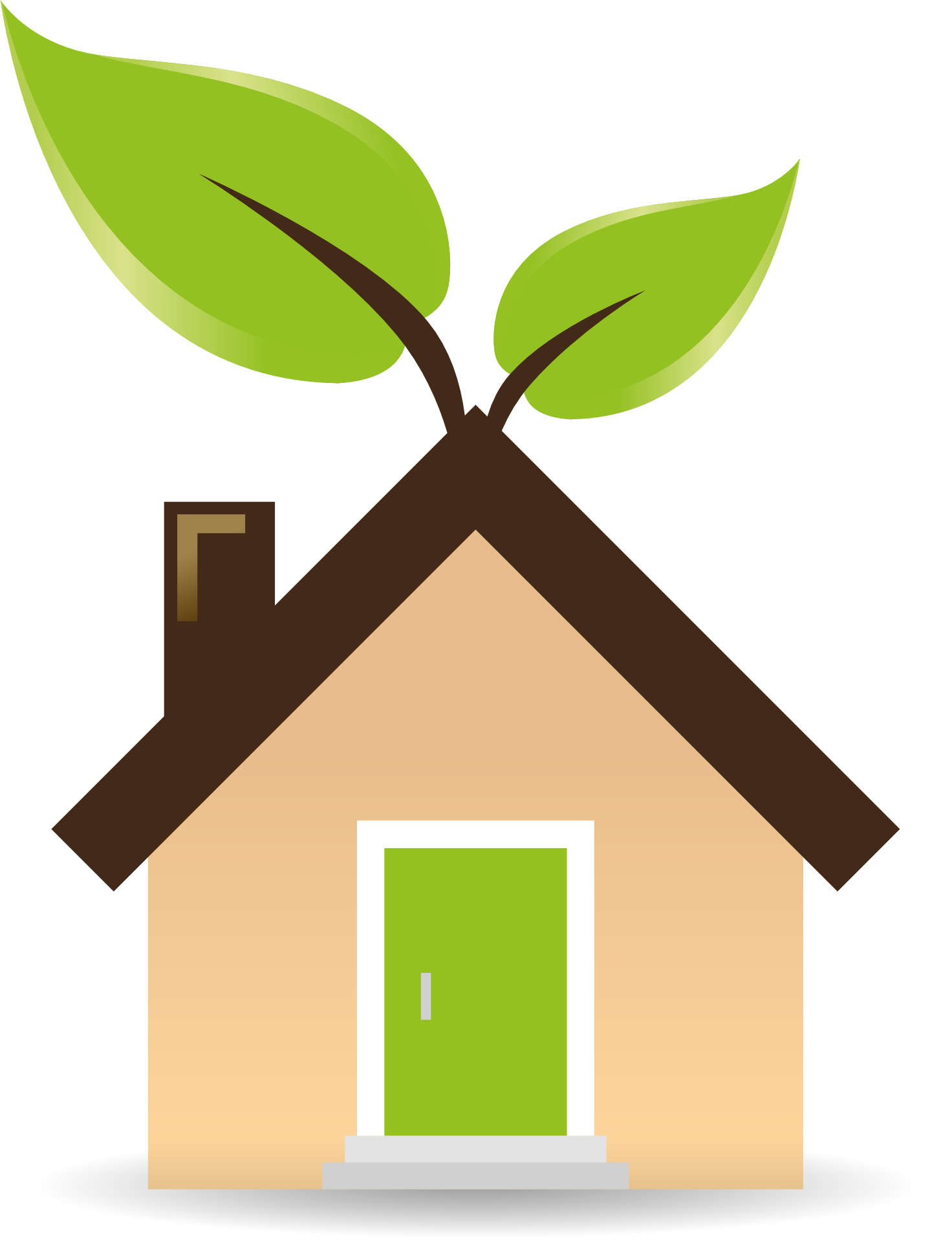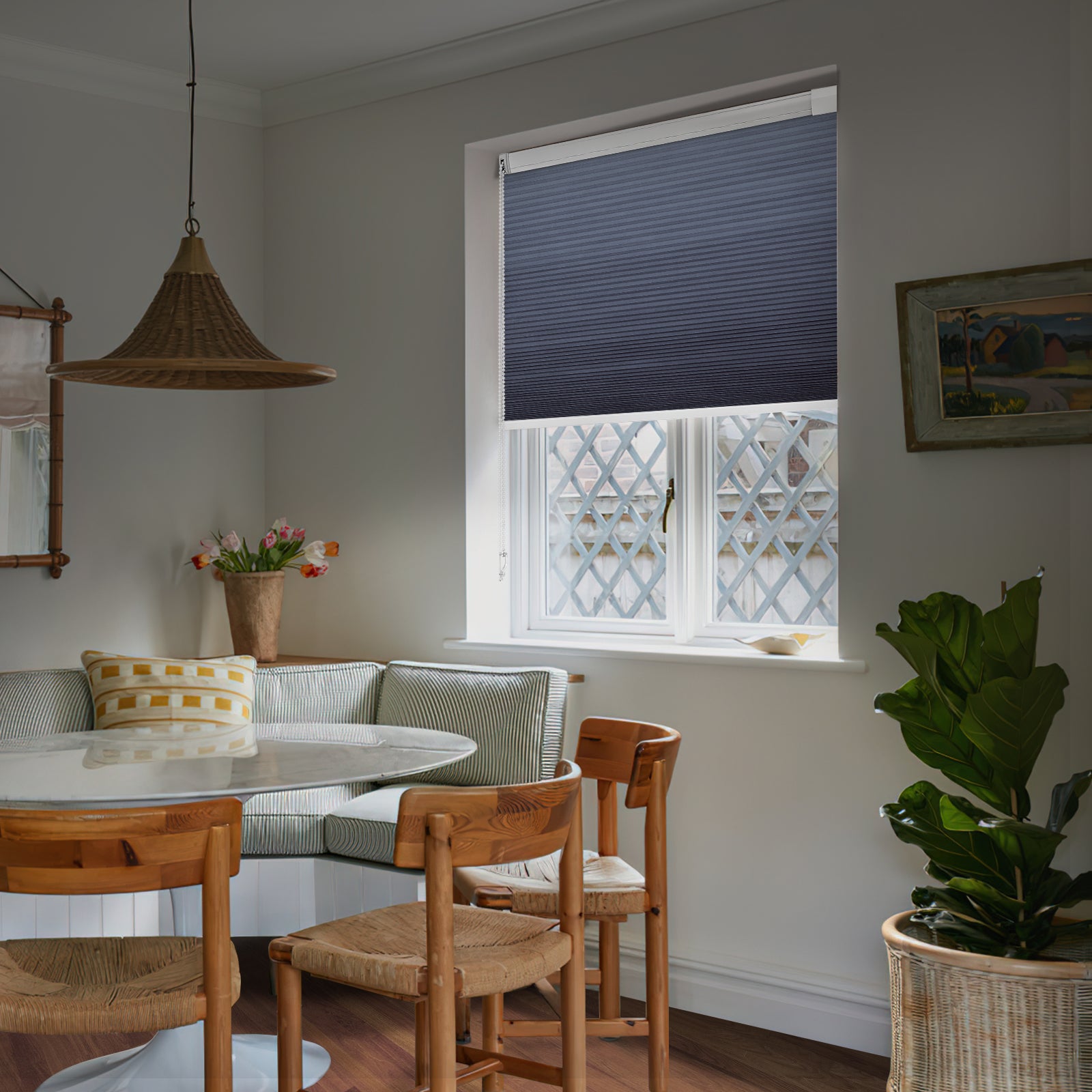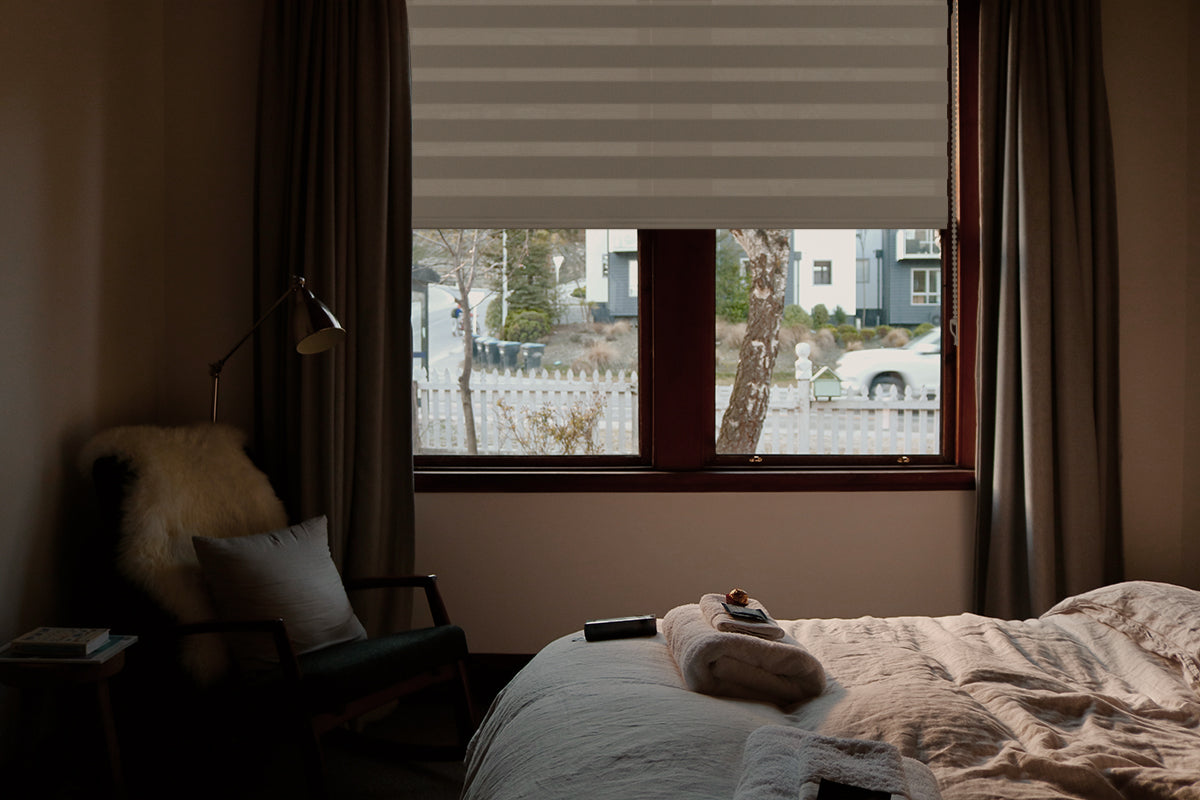Sustainable Housing
Long lasting materials
When it comes to a Eco friendly home we need to start at the beginning of the process. This should be the used materials. Using these materials can either impact the carbon footprint directly or do so in the long run.
Walls
Walls can be out of wood or concrete. However with simple wood planks not being the most stable and concrete being responsible for disappearing of beaches, we need to look for alternatives. Here are some listed for your green home.
Concrete alternatives
Straw-Bale
Straw-Bale is made out of natural ingredients which we produce in agriculture industry. This natural eco house building material has several pros like cost, easy availability, naturally fire-retardant and high insulation value. On the other side they should not be used in humid areas as the natural material can be a perfect place to grow mould and fungus.
Cob
Cob sounds like an ancient building material to many. However it still works pretty well and can be used in a modern and improved way for your eco friendly home. Made from subsoil, water, fibrous organic material (typically straw), and sometimes lime, this natural building material comes with a lot of benefits. Being locally sourced gives it big points on the carbon footprint.
Insulating
Sheep's wool
Sheep's wool not only has a high R-value (R-13 to R-19) meaning it is up there one of the best insulation materials. In addition it regulates humidity excellent and thus preventing grow of mold. Fire resistance and sound dampening features come on top. Eco house projects do need to have a look at this option.
Mycelium
The standing out feature of mycelium is the fact that it is sequestering carbon. This fungus based insulation material is made out of agriculture waste and even is biodegradable. Overall this green home insulation is a cheap to grow and fire proof insulation material with a high value (R-3 or R-4 per inch).
Cork
Cork comes with a feature that you seldom think of when choosing insulation material. It is completely unattractive to mice and termites. This and its extremly high fireproof as well as high sound damping features make it a perfect material for street side walls. Insulation value with R-3.6 to R-4.2 per inch is quite high as well.
Windows
Smart windows
Ravenwindow uses a technology where a filter is applied between the tow window layers. As soon as the UV rays turn up the heat on the window, said filter will get activated and tint the window. This will reduce heat in summer and make sure there is enough heat coming inside your eco friendly home in winter.
Halio works similar. The system itself is different. A rooftop camera will constantly report changes in weather so that the filter on the glasses will get adjusted automatically. This technique makes it good for bigger ecological buildings.
Blinds & Shades
Blinds can make a huge difference on private homes. Shades especially cellular shades insulate heat though an extra layer of air plus the shading through the material itself. Other than cellular you can go a step further with zebra blinds smart shades for example. Adjust smart blinds automatically and get the most out of them.
Roof
A green roof can contribute extremely to your insulation. In summer the plants will absorb less heat than a gray roof would do. In Winter the extra layer will provide a heat keeping feature layer to your green home. The same works for the sides of your House. Singapore is developing this techniques to reduce the overall heat in their city.
Automation
Smart homes are practical. Yes. But they are also efficient. You can adjust all your lights your heating and ventilation on point and with this you can save a lot of energy in the long run. Automated window treatments like zebra blinds smart shades can contribute a UV blocking feature that gives a perfect insulation effect to your eco friendly home.
General materials
Last but not least there are home sustainability materials that can be used for appliances, furniture and other things. Stainless Steel, best recycled is one of them. Mainly due to longevity. Bamboo and acetylated wood are natural materials that do have a low carbon footprint and last similar long. Enviroboard needs to be mentioned here as well.




Leave a comment
All comments are moderated before being published.
This site is protected by hCaptcha and the hCaptcha Privacy Policy and Terms of Service apply.